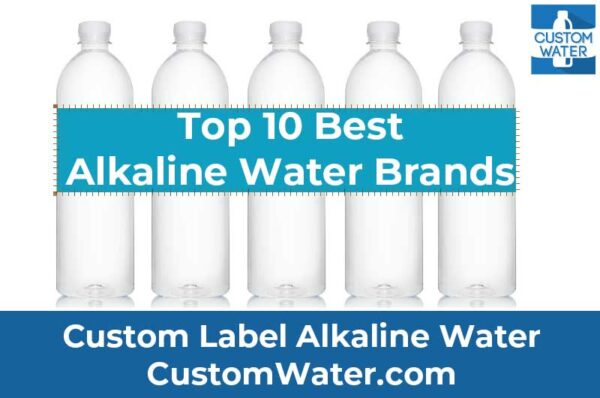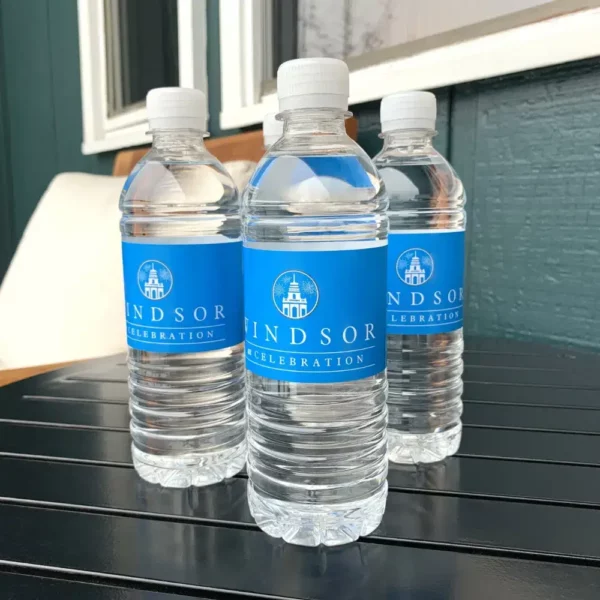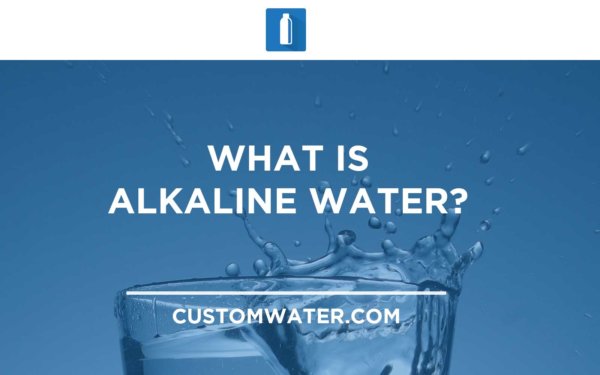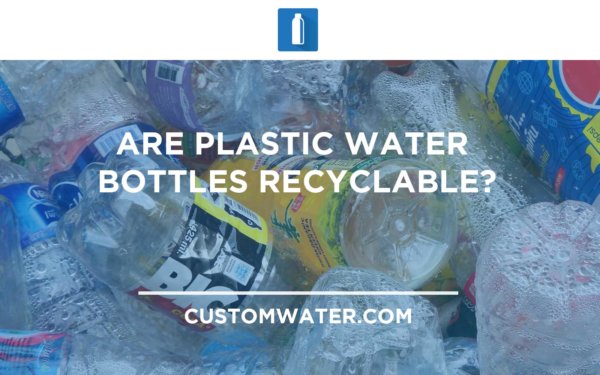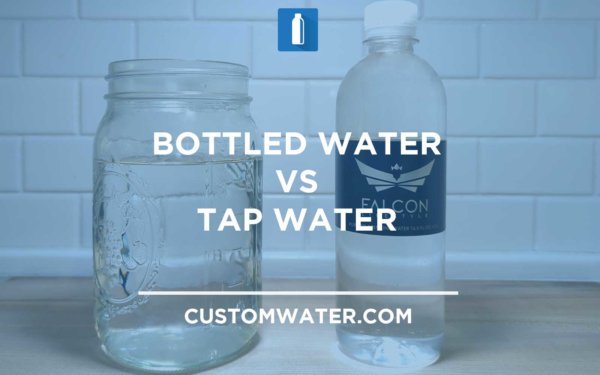At first glance, water can all seem the same, there are huge differences when drinking distilled water, tap water, or spring water.
The water’s filtration process will heavily impact the amount of chemicals and natural minerals left in the water, resulting in different health benefits, tastes, and smells depending on the process.
But regardless of the downside a filtration process might have, it’s always safer to drink spring water or distilled water rather than other untreated water sources due to the bacteria, impurities, and contaminants found in almost every body of fresh water. Rest assured, every custom labeled bottled water produced by CustomWater.com has been filtered to the highest quality levels set by Federal and State Regulatory groups.
So let’s dive into the specifics and compare distilled water vs spring water to find out which one is the best water for drinking.
Looking for a great tasting spring water? Evian Pure Spring Water is our pick. Click here to Check the latest prices on Amazon.
Want to taste premium distilled water? SmartWater Vapor Distilled Water is our pick. Click here to check the latest prices on Amazon.
What Is Spring Water?
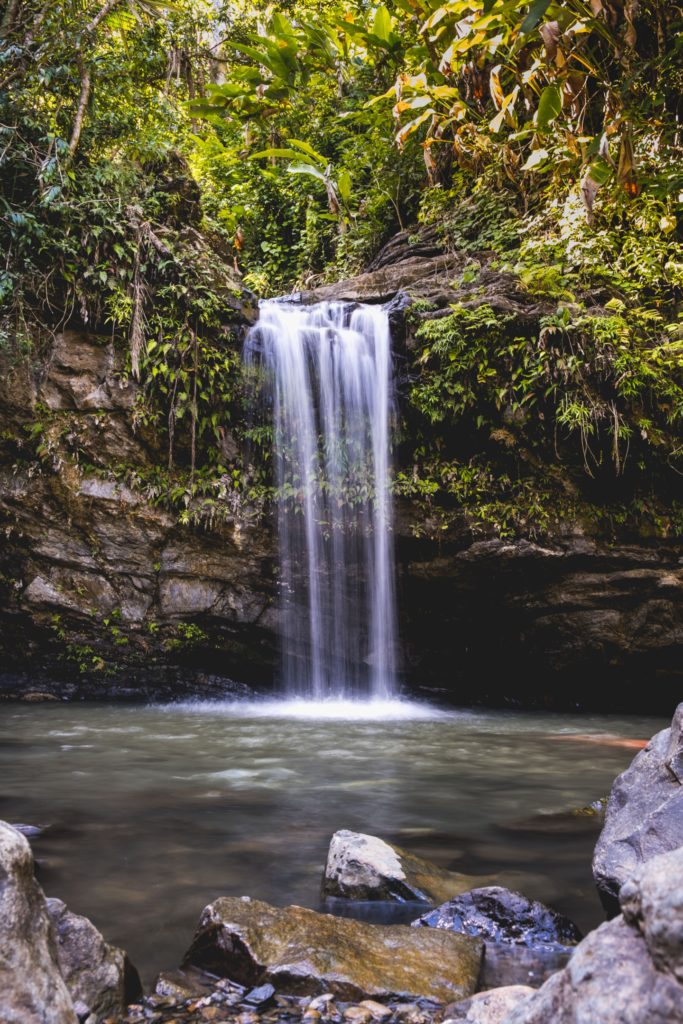
The Environmental Protection Agency defines spring water as “any water that originates from an underground aquifer and is collected as it flows naturally to the earth’s surface or via a borehole that taps into the underground source.”
However, that’s not how brands market their bulk bottled water. Usually, bottled spring water is marketed as glacier water or mountain water. But these don’t properly describe or explain what spring water really is.
Spring water is filtered water that occur naturally. This means that water goes through a filtration process on its own when running through naturally occurring minerals to remove impurities and other contaminants.
Because of the way spring water is filtered, there’s a mineral buildup that gives the water a refreshing taste as well as vital nutrients and beneficial minerals that have many health benefits.
Spring Water Sources

While spring water generally comes from springs, not all spring water does. Spring water can have other sources, since it’s technically from any underground aquifer.
Regardless of the source, drinking spring water will always feel refreshing while offering many health benefits because they all go through the same process. It’s also the safest source for human consumption, since mineral deposits are great at filtering impurities, which makes a big difference when comparing it to other types of water.
Spring Water Benefits
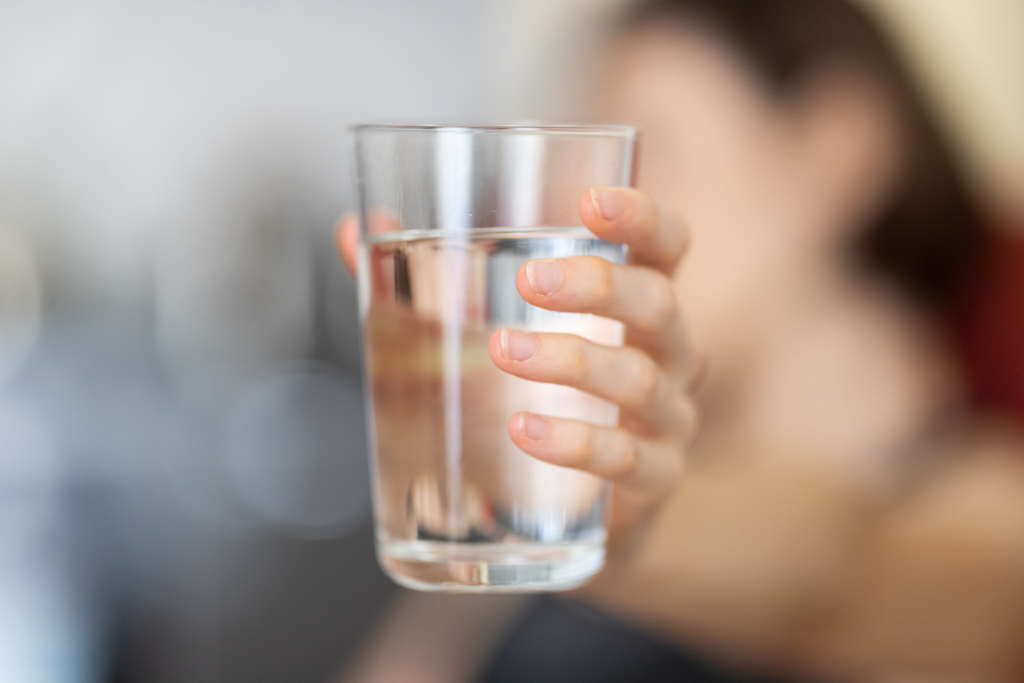
Spring water offers many healthy minerals that help combat mineral deficiencies while improving hydration and providing other health benefits. A good dose of spring water can help you meet your daily mineral intake and keep your body healthy.
Looking to taste water from a protected spring in the French Alps?
Try Evian Pure Spring Water. Click here to Check the latest prices on Amazon.
For instance, all the minerals found in spring water are great at improving bodily functions, like calcium, magnesium, sodium, potassium, and other minerals. These minerals help prevent diseases and infections, regulate high blood pressure, and even improve bone strength.
What Is Distilled Water?
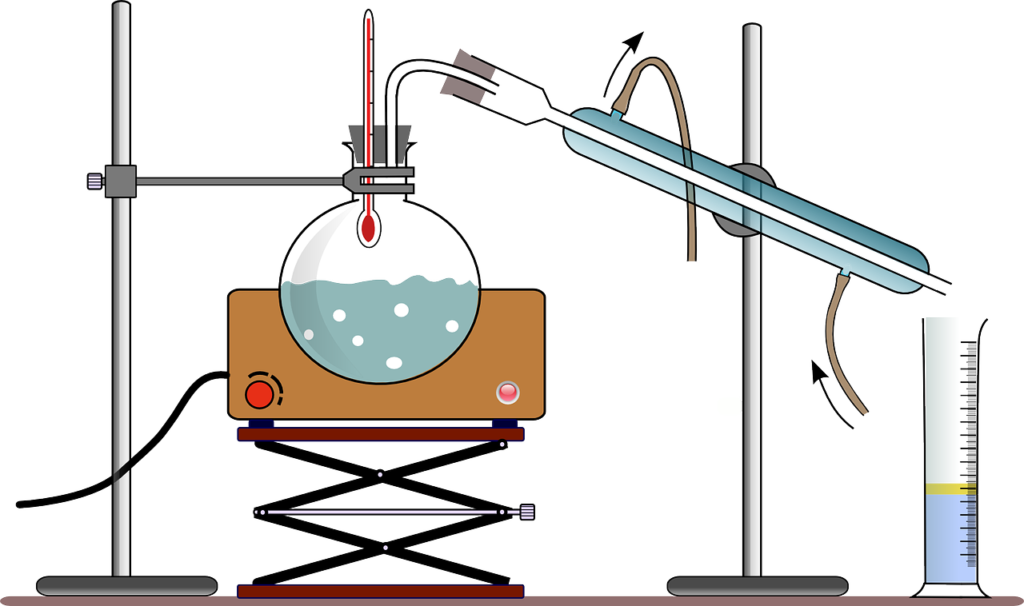
Distilled water is simply any type of water that goes through the distillation process. This process is highly effective in removing bacteria and harmful contaminants like chemicals, heavy metals, microplastics from plastic pollution, and more.
There is no difference between distilled water and purified water, as both use the same process. The water gets heated up to its boiling point, producing steam. Then, the steam is gathered in another container, where it cools down and condenses into distillate.
This purification process, while effective at removing many of the impurities and contaminants, produces subpar drinking water because it can dissolve and strip many beneficial minerals. This makes the difference in taste between spring water and purified water quite noticeable and removes many of the benefits of drinking water as well.
Distilled Water Sources
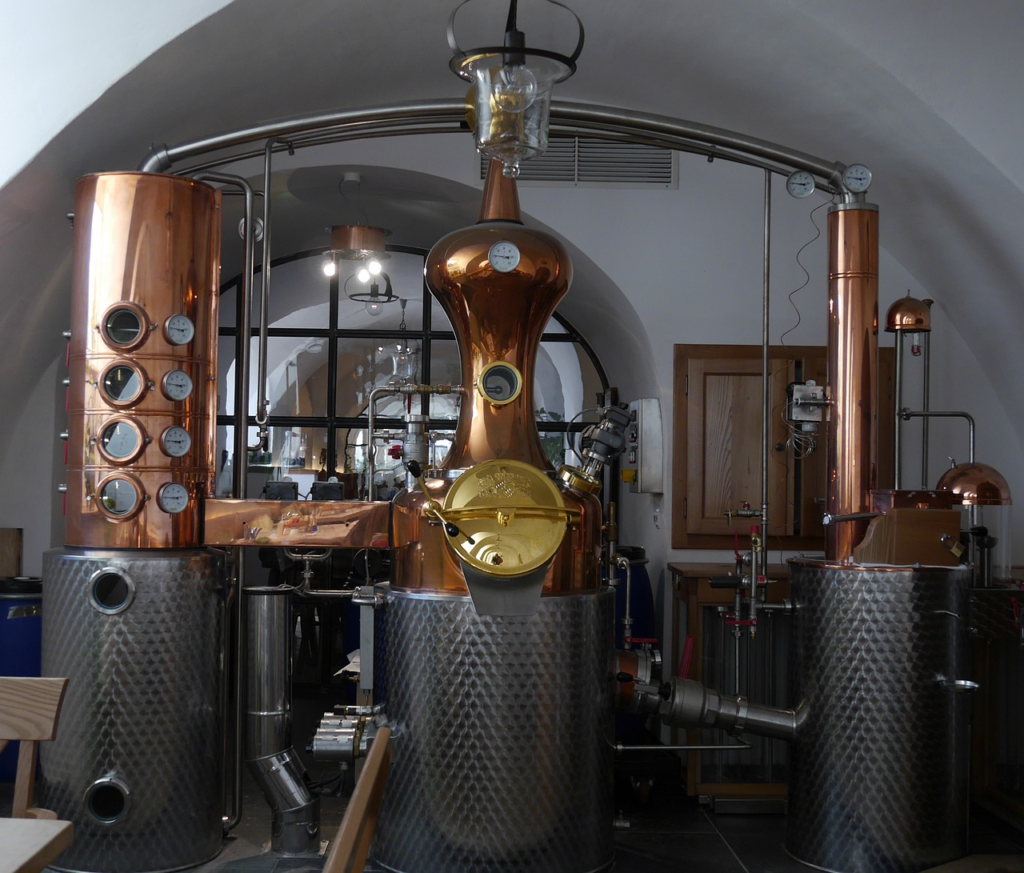
There are no particular sources for distilled water, since it’s mostly done through a purification process rather than gathered from a source. The purified water can come from anywhere, like tap water, mineral deposits, treatment plants, filtered water, and more.
Distilled Water Benefits
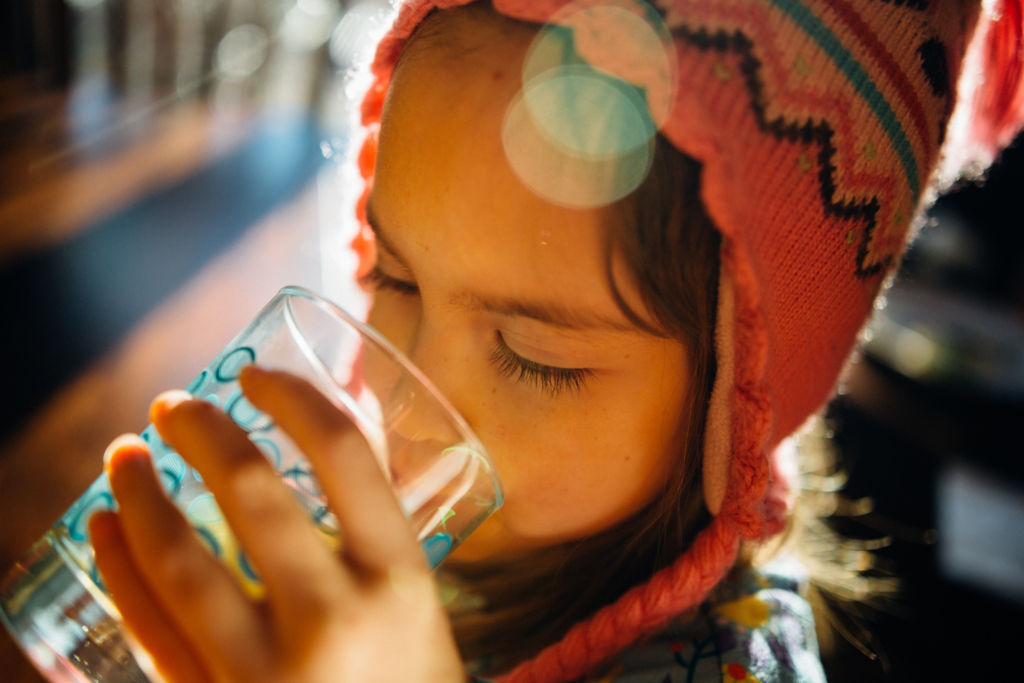
Distilled water is safe to drink because the process removes many impurities. It’s a great way to make purified water from otherwise contaminated water. However, because of its high level of purity and the many minerals, there are few benefits to drinking distilled water when compared to other types, especially spring water.
Want to taste premium distilled water? SmartWater Vapor Distilled Water is our pick. Click here to check the latest prices on Amazon.
But distilled water has many other uses for household appliances, like coffee makers, steam irons, or hot water urns. The minerals contained in other types of water can cause mineral buildup over time, negatively impacting the appliances functionality.
Distilled Water vs Spring Water
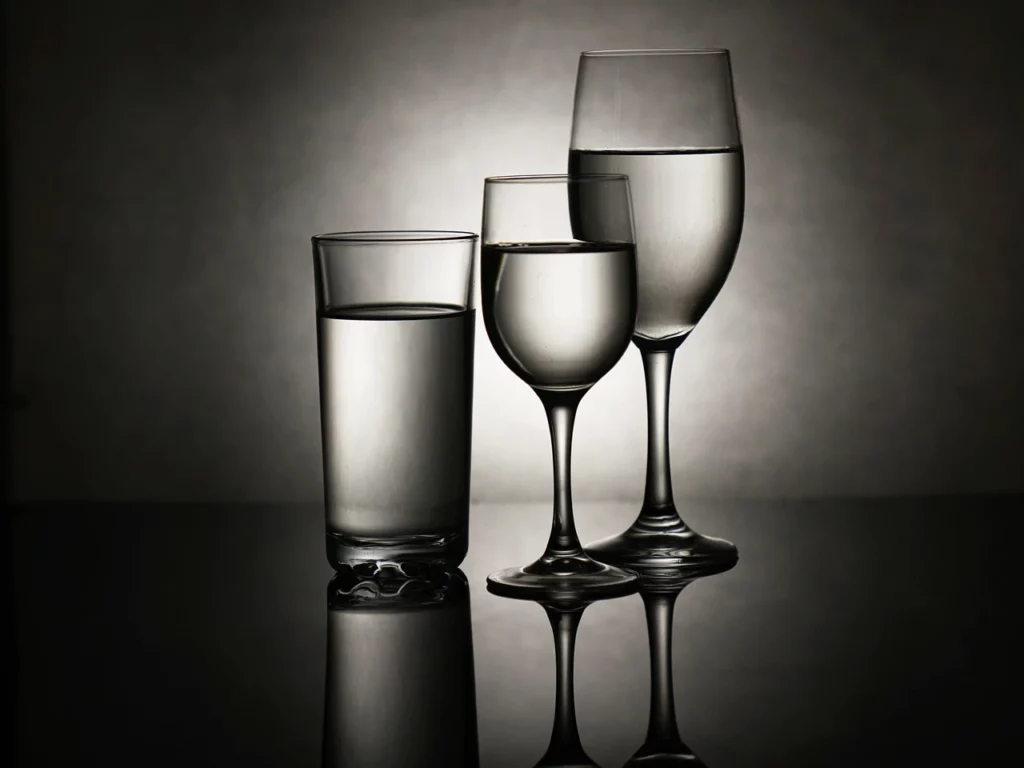
When comparing distilled water vs spring water, you should consider what you’re using the water for.
For instance, distilled water or filtered water is great to avoid minerals clogging up appliances or for cleaning up medical equipment and tools. Water made from reverse osmosis is also great for these situations.
However, spring water is much better for drinking and is the most common bottled water you often find around the market.
Spring water offers many health benefits through its minerals, and bottled water companies heavily advertise them as such, and for good reason.
Next time your looking to try something unique – try a bottle of Icelandic Spring Water. They source from a 5,000 year old spring deep in a volcano. Click here to check the latest prices on Amazon.
So Which Is the Best Drinking Water?
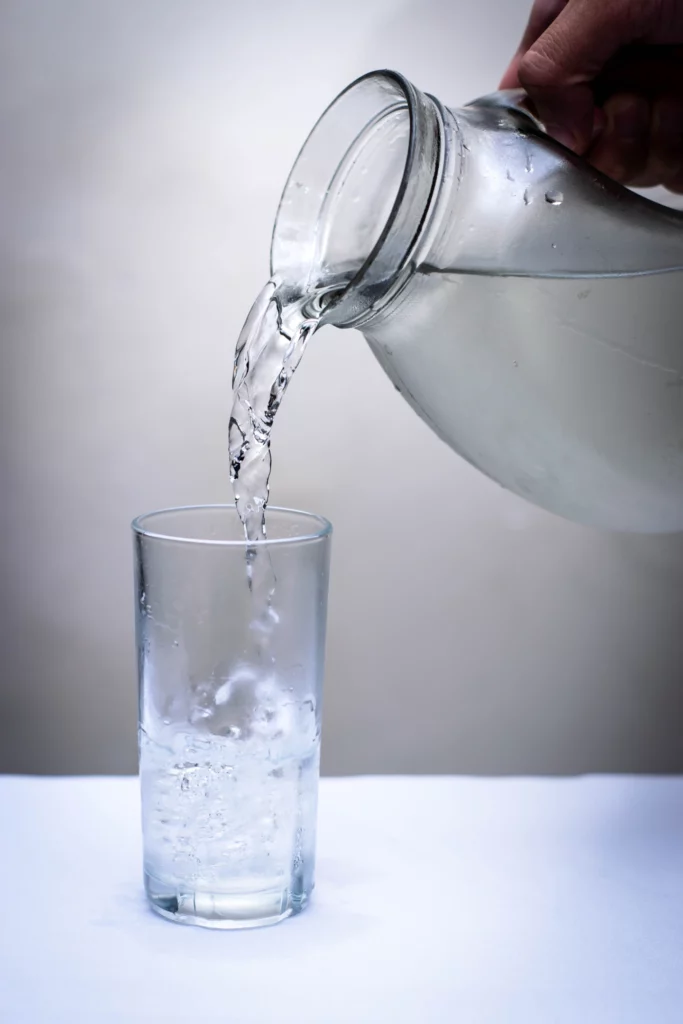
Between distilled water and spring water, the cleaner winner for drinking water is spring water.
While distilled water has many great uses, drinking it is not one of its best features. And when compared to spring water, which has several benefits for body functions and other health benefits, it’s simply the lesser option of the two.
Additionally, other than the clear difference in mineral content to improve health, spring water has a refreshing taste and great smell.
Regardless of which water type you prefer, we can help you with your bottled water brand. Contact CustomWater.com today and we’ll help you customize your bottle and deliver ready-to-distribute bottled water to you.

